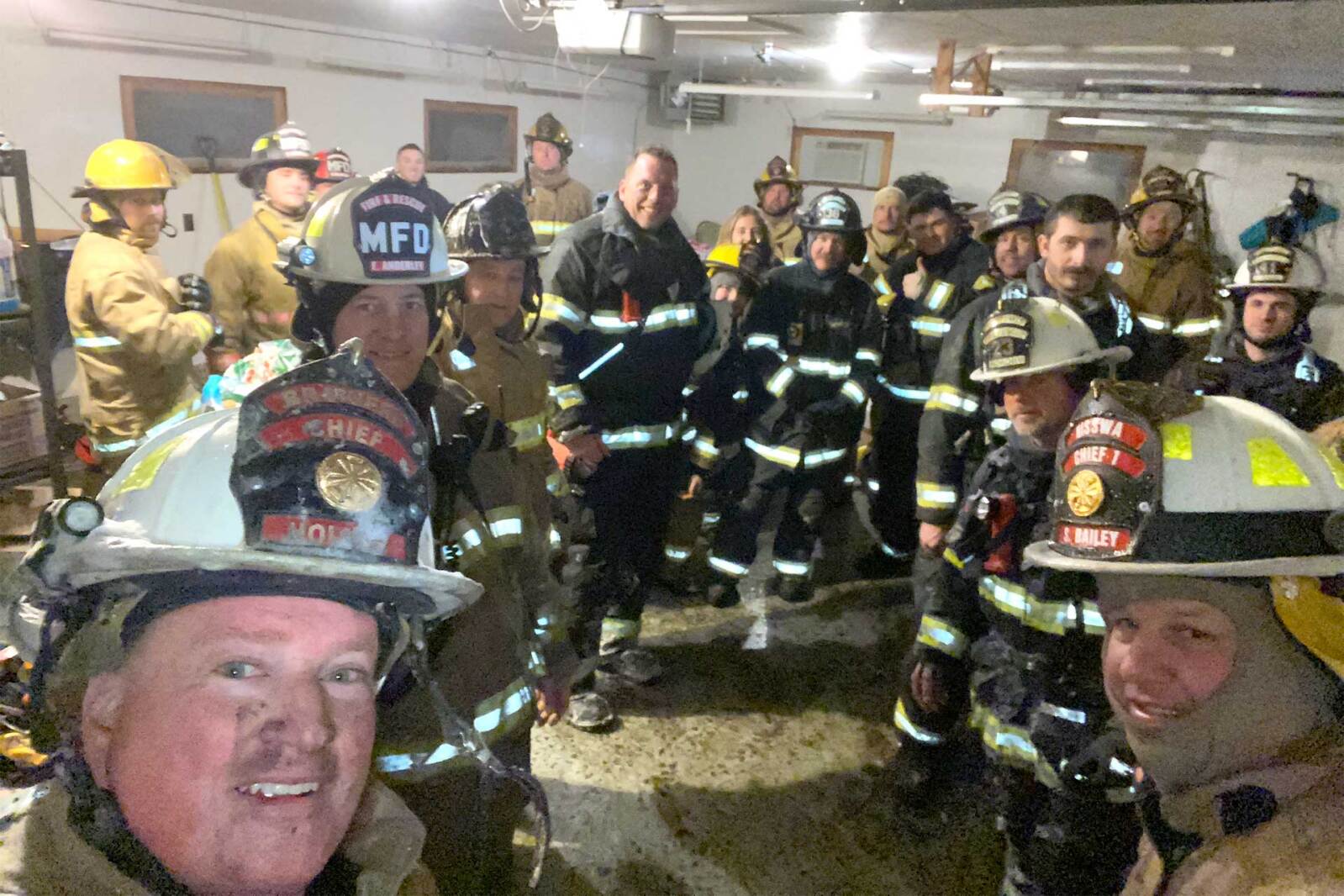Burn dry wood and clean the chimney. This sad tale happened to a fireman's home yesterday. Fortunately, no one was hurt but the home was a total loss.

 www.pineandlakes.com
www.pineandlakes.com

Fire destroys Nisswa assistant fire chief’s home
Joe Hall, his wife and four children escape unharmed; home is a total loss


